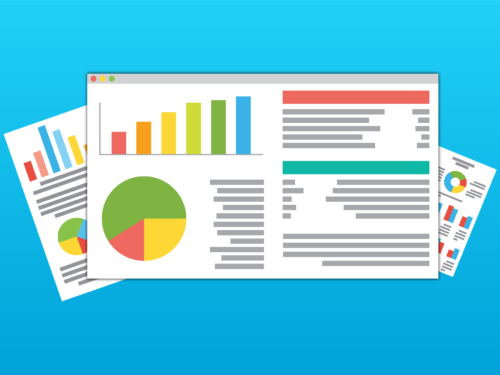Registration for this program is closed.
Program Description
More than ever before, managers need to make sound decisions based on data. Robust dashboards are important tools in this process. In this course, participants will learn and apply useful formulas, graphing and dashboarding techniques, and data analysis in a wide range of real-world case study examples, such as hospital admissions, enrollment and utilization analysis, and performance dashboards to monitor and evaluate health interventions. Students will have the opportunity to build their own dashboards.
Through self-paced lectures, readings, and individual hands-on practice, participants will complete the course modules as they develop Excel skills, learn which types of graphs are best for displaying various categories of data, and combine these elements into a final project dashboard.
Competencies
Participants will learn to:
- Discuss the advantages and disadvantages of Excel and other spreadsheet software packages as a management tool;
- List the different types of graphs that are most appropriate for visual displays of varying data types;
- Identify best practices for creating dashboards and their component elements;
- List characteristics and components of good dashboard design;
- Critique a dashboard;
- Describe the management uses and policy applications for dashboards;
- Use advanced Excel features, including range names, data validation, lookup functions; conditional formatting; AutoFilter, pivot tables, simple statistical functions, data forms (lists); creating charts and dashboards; and others;
- Create a dashboard using a dataset that will be provided to all participants.
Required knowledge/pre-requisites
A basic level of experience using Microsoft Excel is important to be successful in the course.
Discounts available—visit our FAQs page to learn more.


